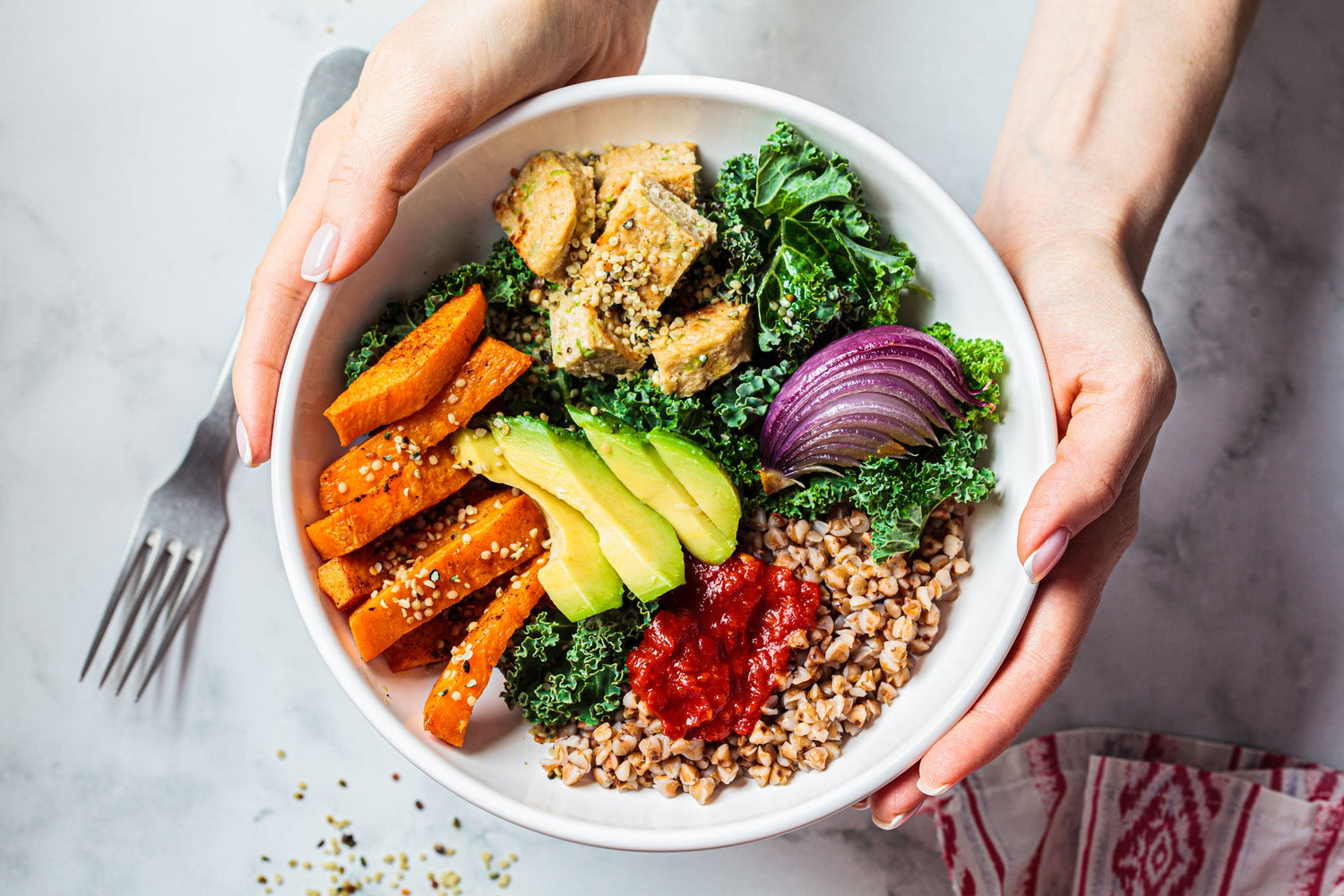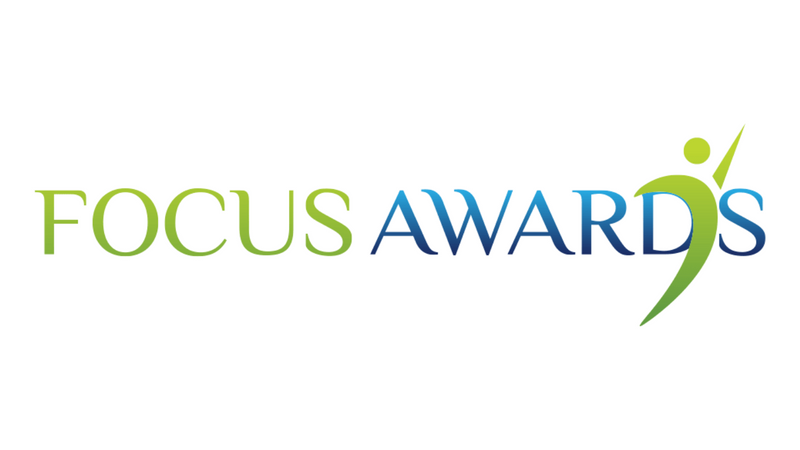Do you ever find yourself scrolling through Instagram, seeing those perfectly plated meals with hashtags like #CleanEating and wondering, "What is clean eating anyway?" Well, you're not alone. I was curious too, so I decided to dive into the world of clean eating to see what all the fuss is about! Together we will look at what clean eating meals look like, how it can affect different types of training and clean eating for weight loss. Spoiler alert: it's not just about washing your veggies!
Disclaimer – this article will explore the concept of clean eating by collating views of those that advocate this. The content of the article is not intended as, and should not be interpreted as, nutritional advice, always speak to a nutritionist before starting a new diet or exercise program.
What is Clean Eating?
Let's kick things off with the basics: what does eating clean mean? Clean eating is all about consuming whole foods in their most natural state. Think fresh fruits, veggies, lean proteins, whole grains, and healthy fats. It's like your food just rolled out of bed, au naturel. No processed junk, no additives, no weird chemicals you can't pronounce. Essentially, if your great-great-grandma wouldn't recognise it, you probably shouldn't be eating it!
Now, don't get me wrong, this doesn't mean you have to grow your own quinoa and churn your own butter (we don’t all have time for that). Clean eating for beginners is all about making simple, realistic changes to your diet. Swap out white bread for whole grain, ditch the sugary cereal for oatmeal, and maybe trade that soda for some good old H2O. Easy peasy, right?
Clean eating focuses on consuming whole, unprocessed foods that provide essential nutrients for overall health and performance. For evidence-based nutritional guidance, trainers and individuals can refer to the Association for Nutrition, which promotes high standards in nutritional practice.
Clean Eating Food List
To make things a bit clearer, here's a basic clean eating food list to get you started:
- Fruits and Vegetables : Fresh, frozen, or canned (without added sugar or salt). Apples, berries, spinach, broccoli, you name it.
- Lean Proteins : Chicken, turkey, fish, eggs, and plant-based proteins like beans and lentils.
- Whole Grains : Brown rice, quinoa, oats, and whole wheat products.
- Healthy Fats : Avocados, nuts, seeds, and olive oil.
- Dairy : Greek yogurt, milk, and cheese – but opt for the unsweetened, less processed versions.
And there you have it – the clean eating foods that should make up the bulk of your diet. Simple, right? But wait, there's more...
Clean Eating for Weight Loss
Ah, the million-dollar question: can clean eating help you shed those pesky pounds? The answer is a resounding "yes, but...". Clean eating for weight loss works because you're filling up on nutrient-dense foods that keep you satisfied without all the empty calories. Plus, you're cutting out a lot of the sugary, fatty, processed stuff that's easy to overeat.
But (and this is a big but), it's not a magic bullet. Clean eating meals need to be part of an overall healthy lifestyle, including regular exercise and good sleep. You can't just eat a kale salad and expect to lose weight if you're still binge-watching Netflix till 3 AM with a tub of Ben & Jerry's. Trust me, we’ve all been there!
The Clean Eating Challenge for Weight Loss
If you're looking to kickstart your clean meals journey, you might consider a clean eating challenge for weight loss (and everyone at the gym loves a challenge right?). These are usually 30-day plans where you commit to eating clean and ditching processed foods. The clean eating challenge for weight loss is a great way to reset your habits and see some quick results. Plus, it's kind of fun to see if you can survive a month without Oreos. Spoiler: you absolutely can!
Clean Meals for Training
Now, let's get into the nitty-gritty of how clean eating affects training. Whether you're a gym rat, a yogi, or just someone who enjoys the occasional jog, what you eat can have a huge impact on your performance. Clean eating meals provide your body with the nutrients it needs to recover and grow stronger. (It's like giving your car premium fuel instead of the cheap stuff). Proper nutrition plays a key role in energy levels, recovery, and overall fitness progress. Those interested in public health and the role of nutrition in performance can explore research and initiatives from the Royal Society for Public Health (RSPH).
Let's dive into the different types of training and see how they could be affected by clean eating.
Strength Training
For those of you who love lifting heavy things and putting them back down, clean eating is your best friend. Lean proteins like chicken, fish, and eggs are crucial for muscle repair and growth. Pair that with some whole grains for energy, and you're golden. Plus, those healthy fats will keep your joints lubricated and ready for action. Make sure to discover our blog ‘ foods for muscle recovery ’ for a more in depth analysis on what you should be eating to benefit your body.
Endurance Training
If you're more into running, cycling, or any activity that involves lots of cardio, clean eating can help you go the distance. Carbs are your friend here, but not just any carbs – we're talking whole grains, fruits, and veggies. They provide a steady release of energy without the crash. And don't forget the electrolytes from natural sources like bananas and coconut water.
Flexibility and Recovery
Yoga and Pilates enthusiasts, listen up! Clean eating helps reduce inflammation, thanks to all those antioxidants in fruits and veggies. This means better flexibility and quicker recovery times. So next time you're in child's pose, you can thank that smoothie you had for breakfast.
Clean Keto Food List
If you're into the keto craze, don't worry – you can still eat clean. A clean keto food list would include:
- Meats : Grass-fed beef, free-range chicken, wild-caught fish.
- Veggies : Leafy greens, broccoli, cauliflower.
- Fats : Avocados, coconut oil, nuts.
- Dairy : Full-fat versions like cheese and heavy cream (in moderation).
By focusing on high-quality, unprocessed foods, you can stay in ketosis and still be eating clean so a clean keto food list is absolutely possible! If you are looking into the Keto diet, then make sure to check out or blog ‘Weight training and cardio on a keto diet’
Pros and Cons of Clean Eating
Alright, let's get real for a second, although clean eating can benefit all types of training, it's not all sunshine and rainbows so what are the pros and cons?
Pros
- Better Health : More nutrients, less junk. Your body will thank you.
- Weight Loss : Fewer empty calories mean a slimmer waistline.
- More Energy : No more sugar crashes or afternoon slumps.
- Improved Performance : Better fuel means better workouts.
Cons
- Cost : Organic and whole foods can be pricey.
- Time-Consuming : Prepping clean meals takes more effort than grabbing fast food.
- Social Challenges : Eating out or at social events can be tricky.
- Restrictive : It can feel limiting, especially if you're used to a more indulgent diet.
Summary: Clean eating for beginners, Does It Work?
Alright, let's wrap this up so, what is clean eating? It's all about consuming whole, natural foods and avoiding processed junk. Clean eating for weight loss can be effective because it focuses on nutrient-dense foods that keep you full and satisfied, reducing the chances of overeating. However, it's important to combine clean eating with regular exercise and good sleep habits for the best results.
When it comes to training, clean eating meals provide the necessary nutrients for recovery and performance. Whether you're into strength training, endurance activities, or flexibility exercises like yoga, clean eating can support your fitness goals. A clean keto food list shows that even on a specific diet, you can focus on high-quality, unprocessed foods.
While clean eating has numerous benefits, such as better health, weight loss, more energy, and improved performance, it's not without its downsides. It can be costly, time-consuming, socially challenging, and sometimes feel restrictive. The key is finding a balance that works for you and not stressing about perfection.
In my opinion, clean eating works as a sustainable and healthy way to eat, but it's not a miracle solution. It's all about making better choices most of the time and finding what fits into your lifestyle. So whether you're a fitness fanatic or just starting your journey, give clean eating a try and see how it makes you feel. And remember, it's all about balance – even if that means a piece of chocolate every now and then!
If you want to learn more about nutrition, then make sure to check out our level 2 and level 3 nutrition based courses .
Article by Jemma Walsh, Blog Editor for Study Active.







